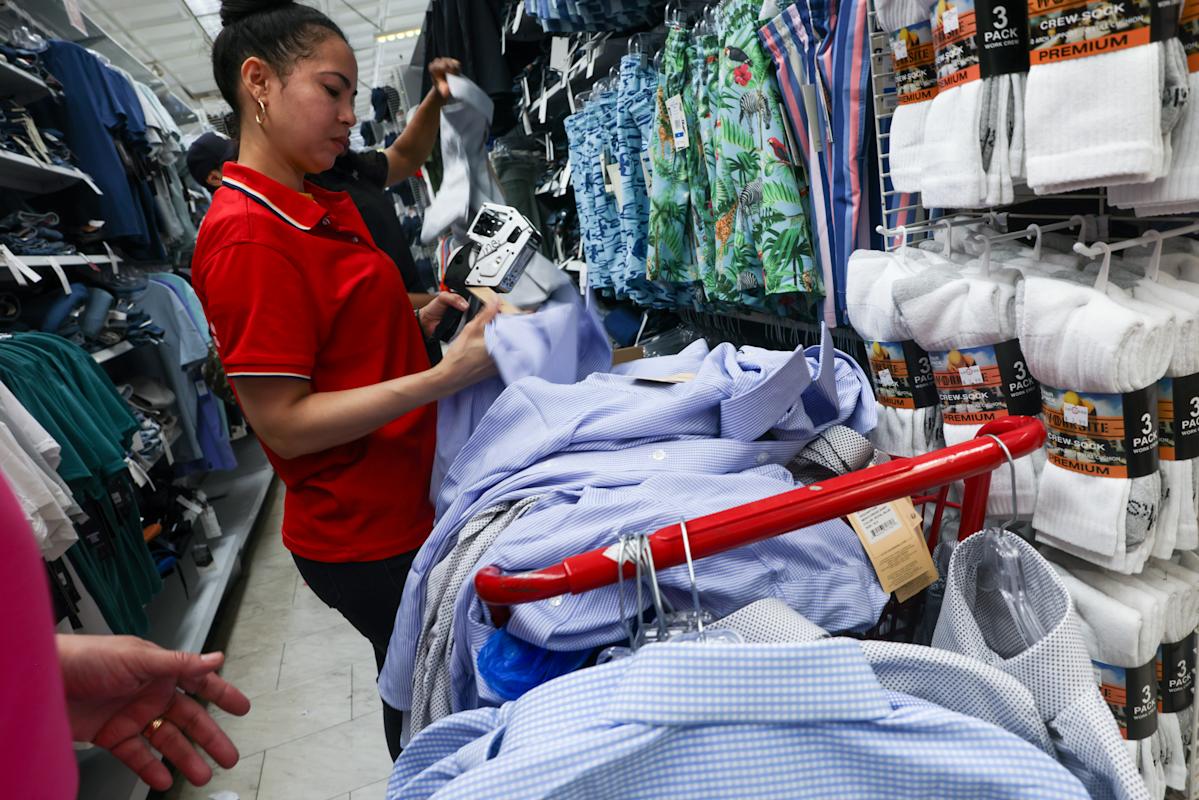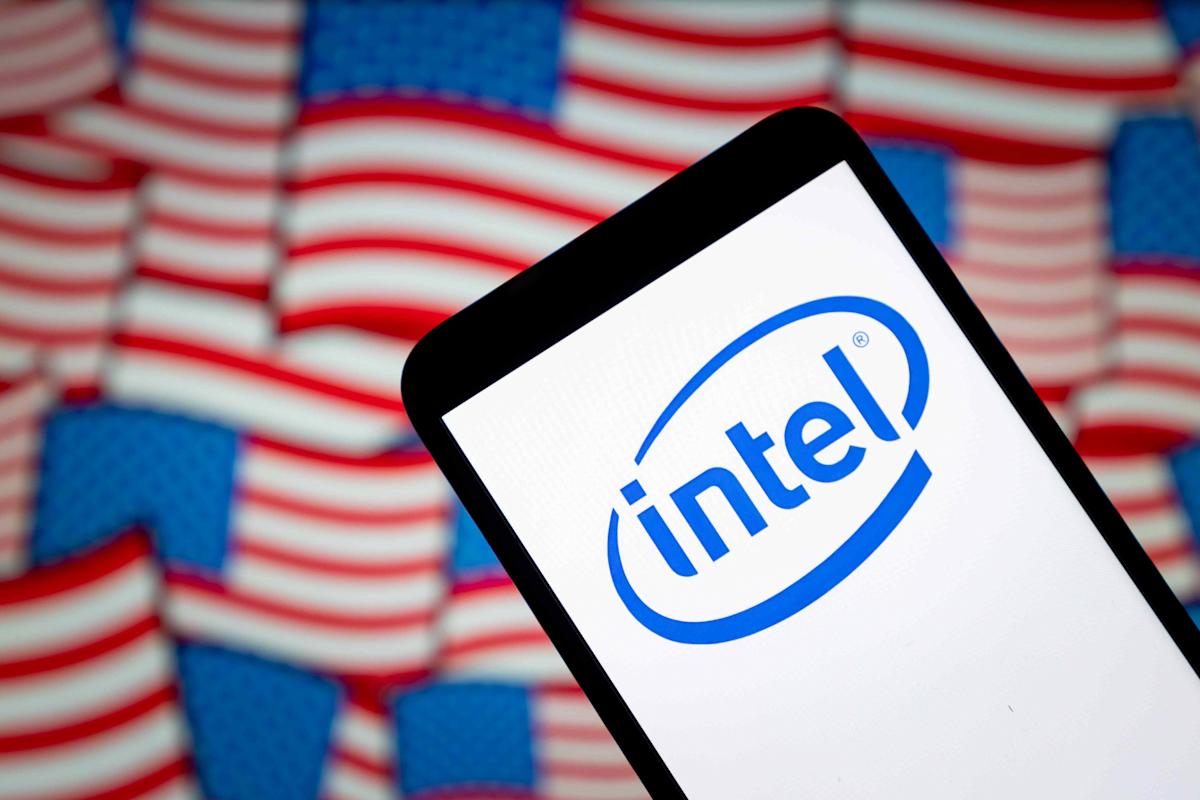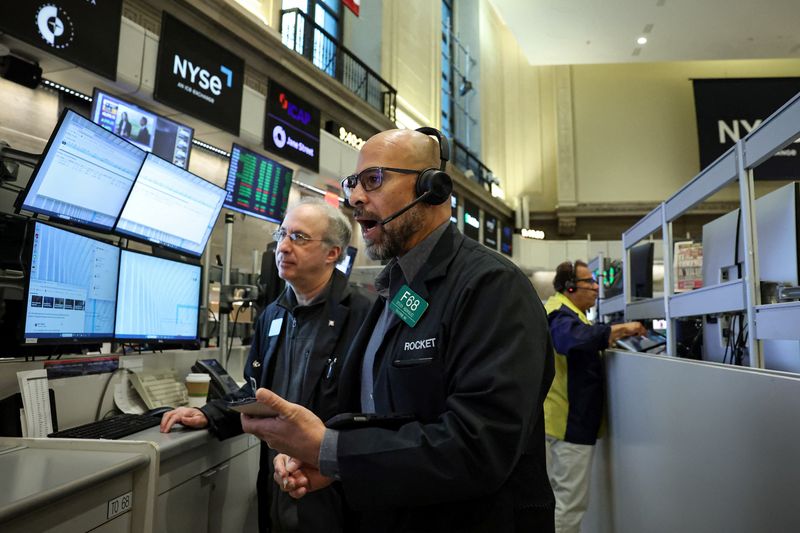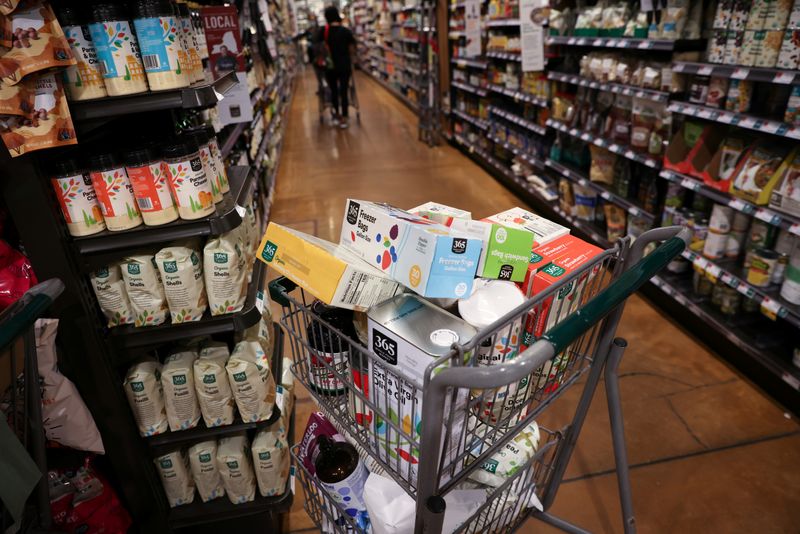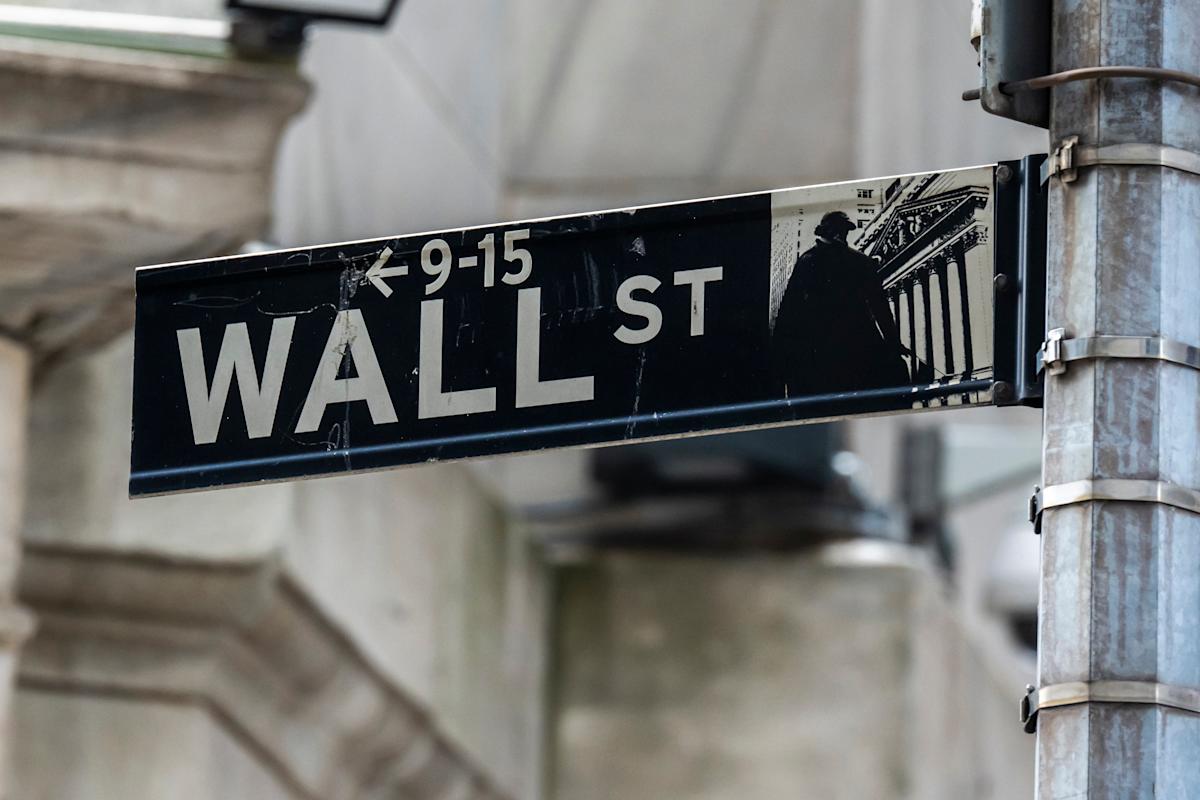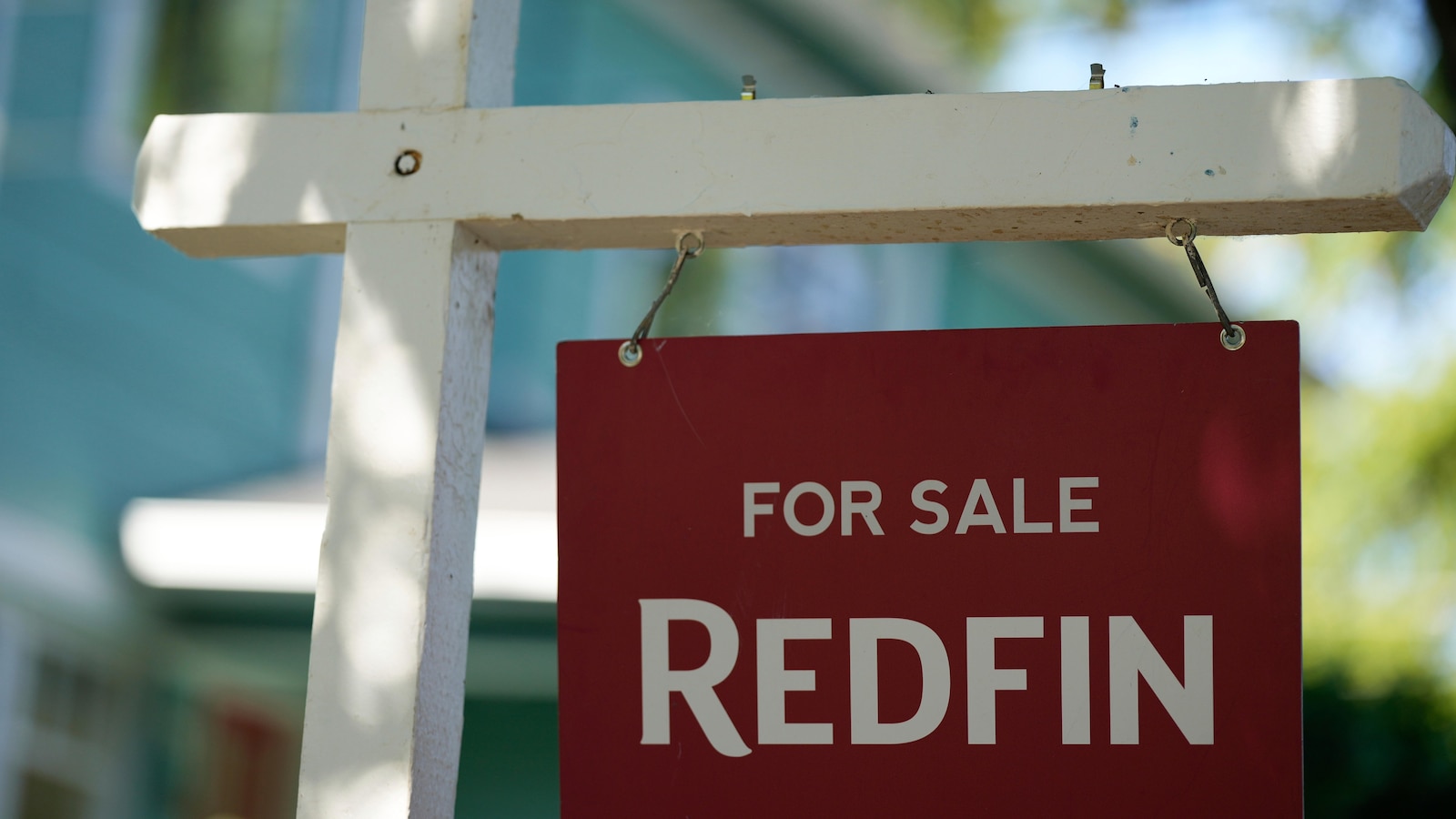Retail Sales Rebound 0.6% in June
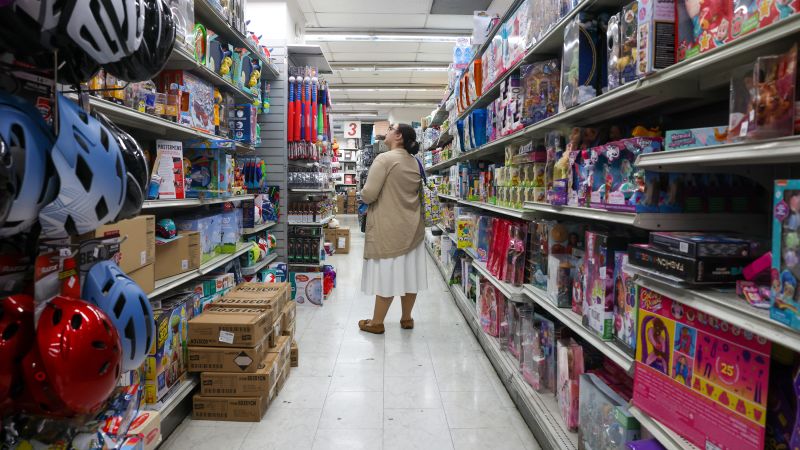
Retail Sales Growth in June
Retail sales in June surged by 0.6%, outperforming the 0.2% growth predicted by economists. This marks a significant rebound from the 0.9% decline observed in May. Key contributors to this growth included auto dealerships, which posted a robust 1.2% increase, and restaurants and bars, which saw a 0.6% rise, indicating steady discretionary spending. Other categories such as clothing and personal care products also experienced moderate gains, reflecting broad-based consumer activity. These results highlight that, despite economic uncertainties, consumer demand remains resilient, particularly in sectors tied to discretionary and essential spending.
Impact of Tariffs and Inflation
Consumer prices rose by 0.3% in June, partially driven by the impact of newly imposed tariffs. This increase in inflation has made certain goods more expensive, yet it has not deterred consumer spending. Restaurants and bars, often considered early indicators of discretionary spending cuts, continued to show solid growth, suggesting that Americans remain confident in their financial stability. While higher tariffs pose risks to retail prices, the data indicates that inflation-adjusted spending still rose modestly, showcasing the strength of underlying consumer sentiment.
Economic Indicators and Outlook
Unemployment claims remained historically low in June, further solidifying a strong labor market and supporting sustained consumer spending. Initial jobless claims were recorded at 221,000 for the week ending July 12, maintaining levels that suggest economic stability. Meanwhile, investors and policymakers are closely monitoring the Federal Reserve's next moves, particularly in light of inflationary pressures and the tariff-driven rise in prices. While the probability of a rate cut at the next Federal Reserve meeting has slightly declined, the central bank continues to weigh the long-term effects of tariffs and inflation on overall economic growth.
 Sources
Sources- Retail sales jumped expected month | CNN Business
 cnn
cnn - Retail sales rise expected June
 yahoo
yahoo - Retail sales surprising 0.6% June pullback consumers
 abc
abc
 Keep Reading
Keep ReadingAbout the author

Top News
Related Articles
- Retail sales jumped expected month | CNN Business
 cnn
cnn - Retail sales rise expected June
 yahoo
yahoo - Retail sales surprising 0.6% June pullback consumers
 abc
abc
People Also Watch












